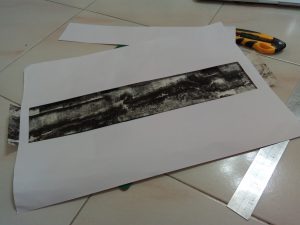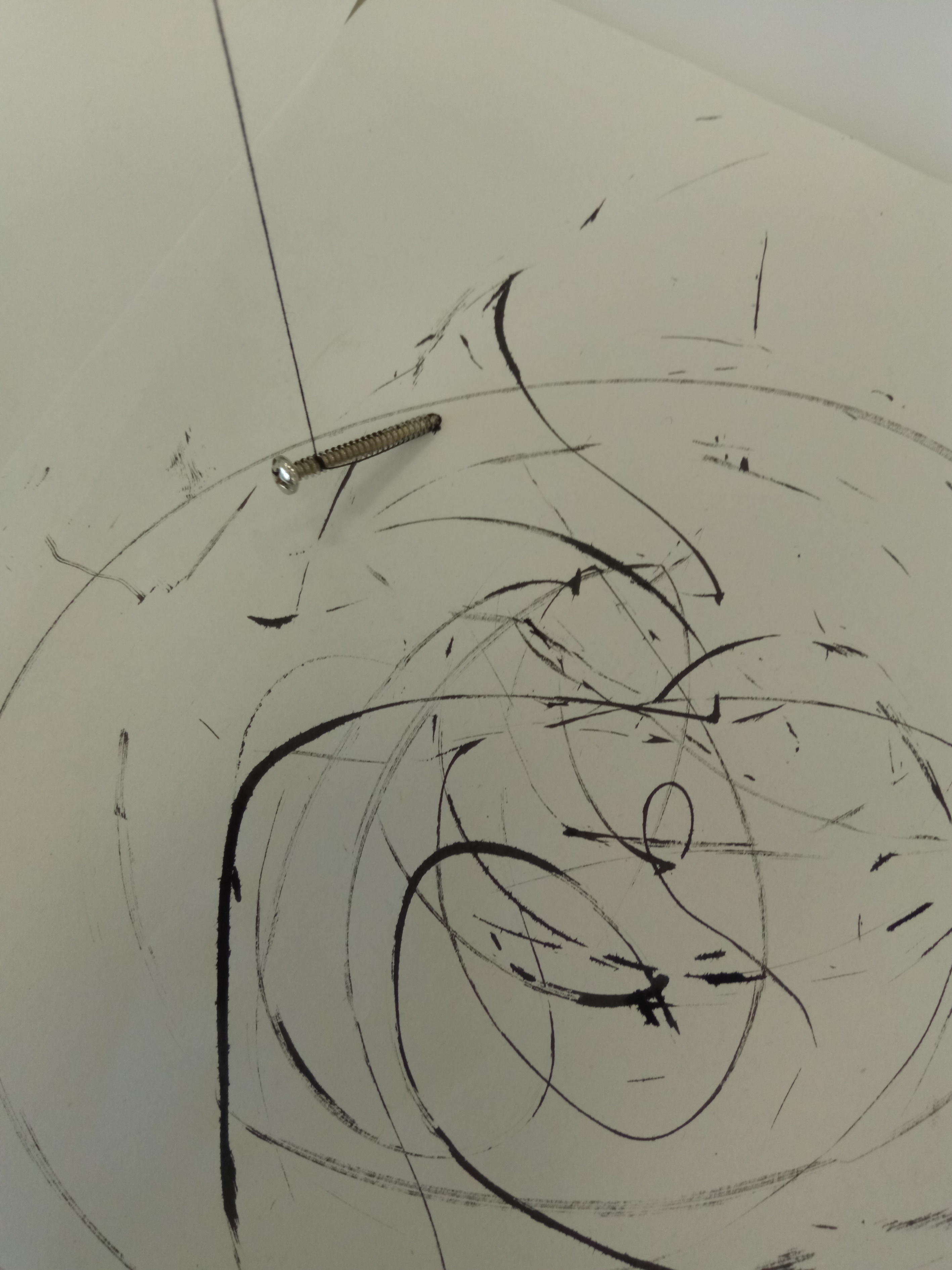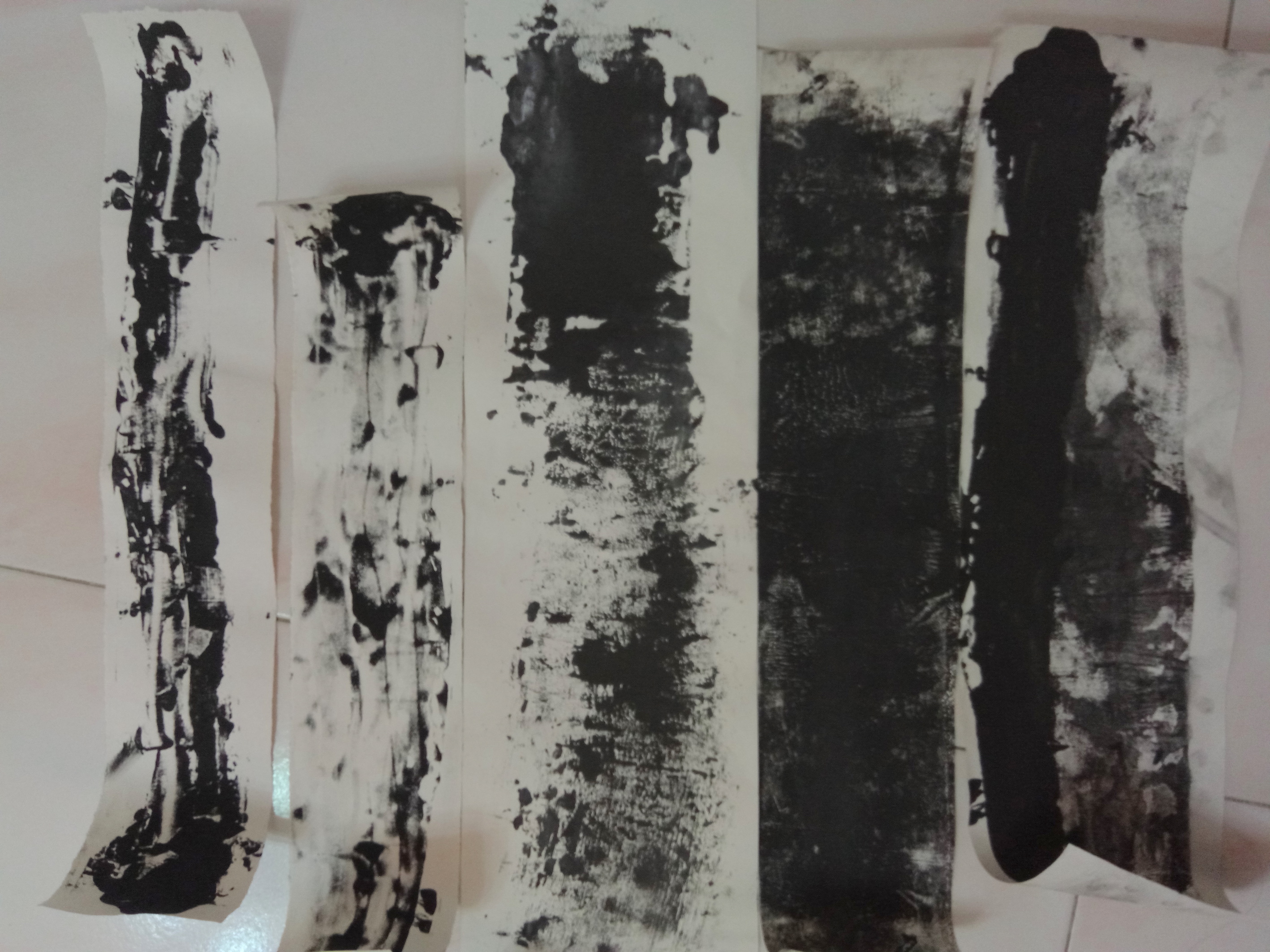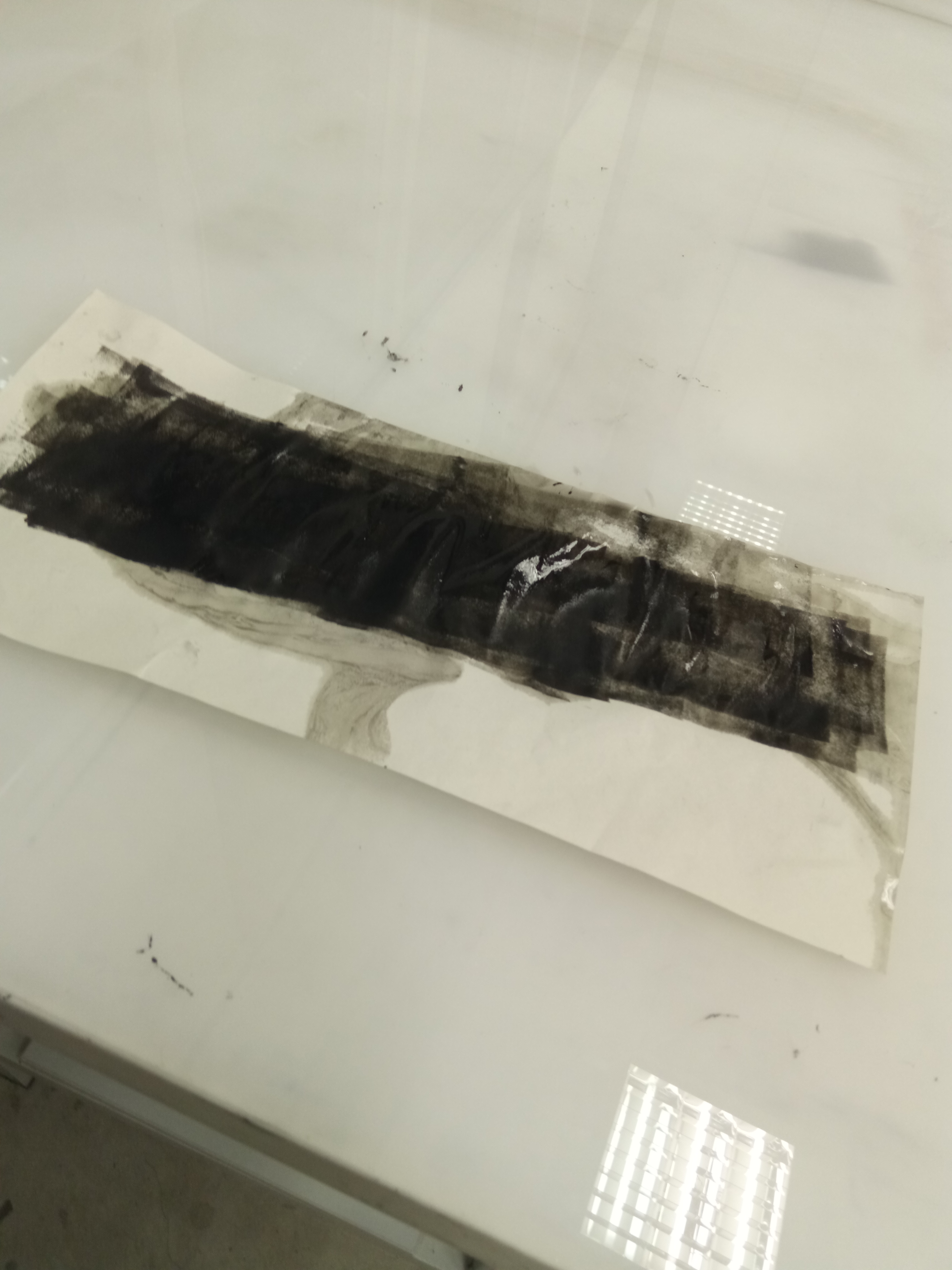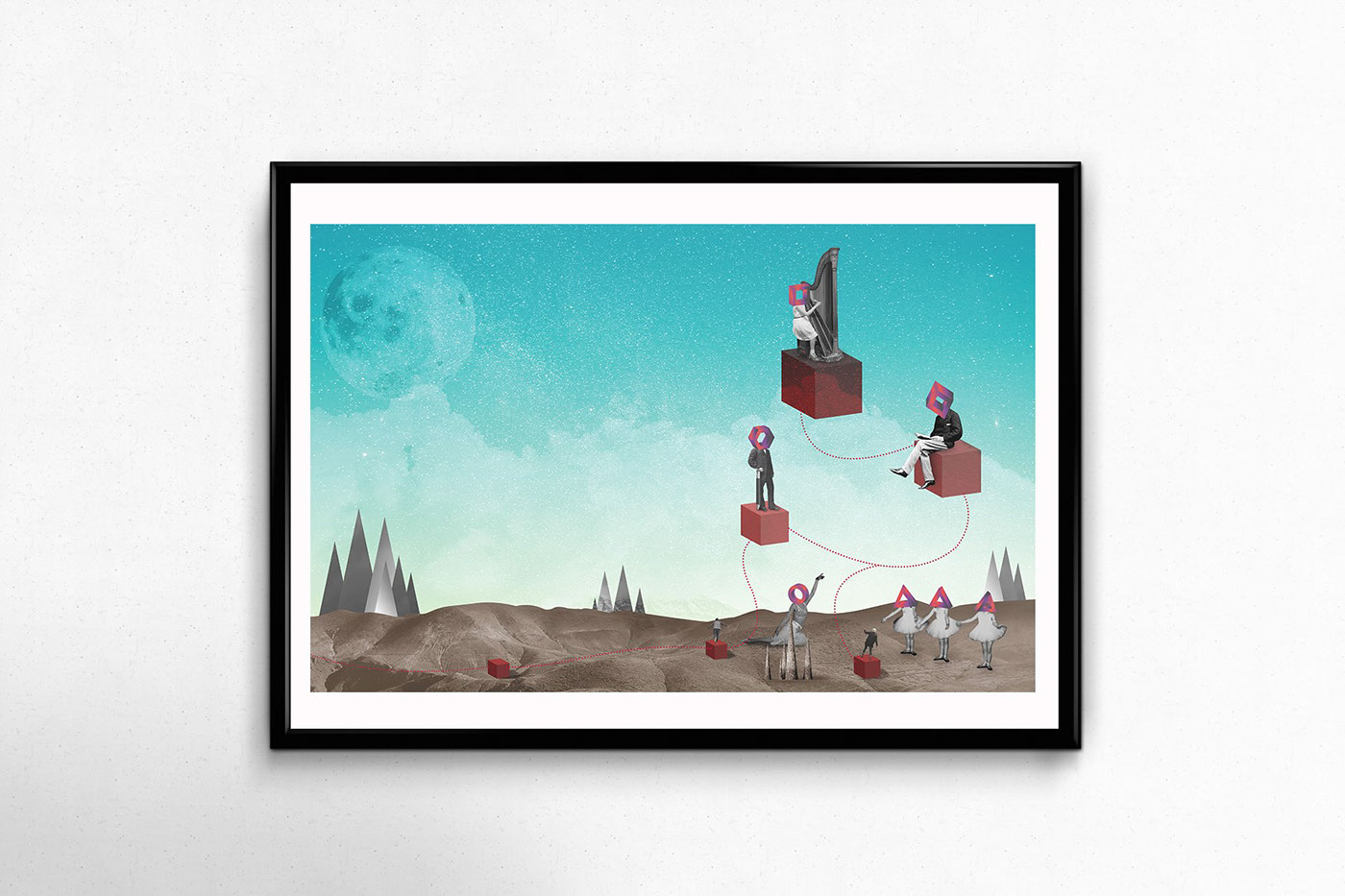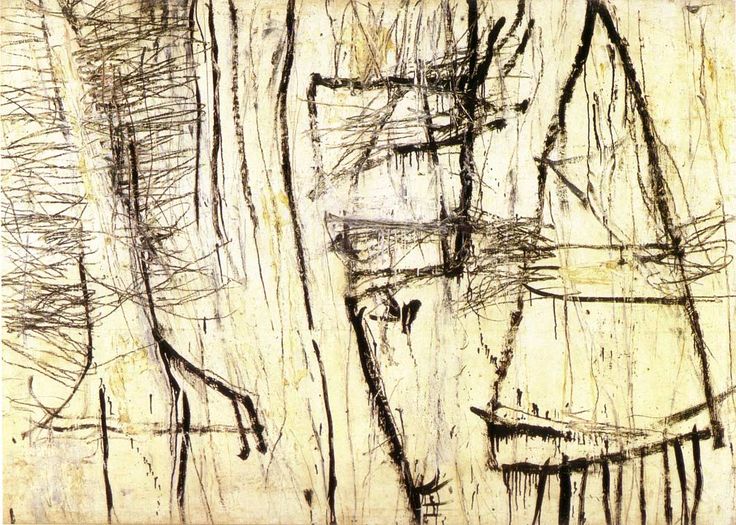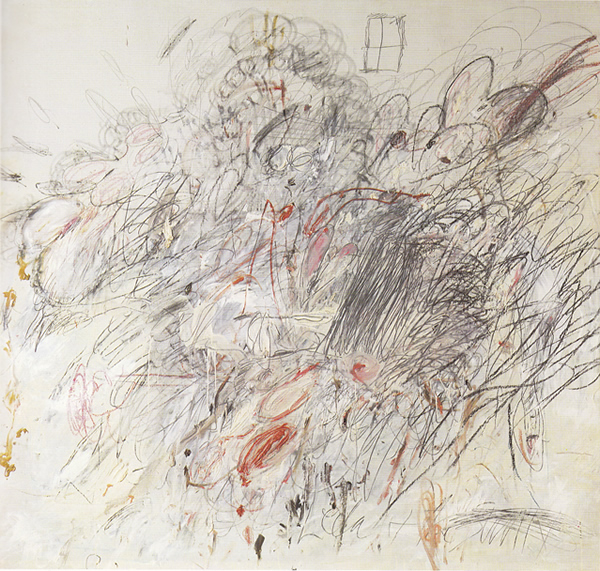Dialog by Zul Mahmod
Zul Mahmod creates and codes a timely sequence of solenoids hitting on copper pipes of different length and thickness to create a sound. Being a site specific installation, Zul confronts the audience in a long underground passageway towards the Esplanade. The audience is then confront on their midway journey by the sound they hear from the artworks while on a visual escapade with the visible artwork itself.
I feel that the work takes advantage of it’s site, where the potential audience are just transiting from a point to another, and using the sound to surprise the audience on their transit. While the intention of the artwork is very intriguing, and the visual aesthetics of the complex pipeline is pleasing, the artwork seems to be weak in perpetrating the audience to confront the artist’s intention between sight and sound.
Peace Can Be Realized Even Without Order – TeamLAB
The work is an interactive art during the Singapore Biennale 2013. The viewer is to enter a room where it is faced with multiple holograms of feudal Japanese musicians. The viewer’s movements would trigger the music by these holograms to stop and due to the capacity of viewers, it starts to trigger a cacophony. However, this chaos is soon harmonious after awhile should the viewer stay still or leave.
The work is abstracted from the Awa Dance Festival in Japan . It contextualised contemporarily by noting to help viewers feel that they are part of the installation and that they can feel peace without order. As in the festival, individual musicians would play in their own rhythm but subconsciously matches to other groups as they congregate in the town. Unfortunately, the work fails by perpetuating a set of rules to allow the artwork to reach consonance again.
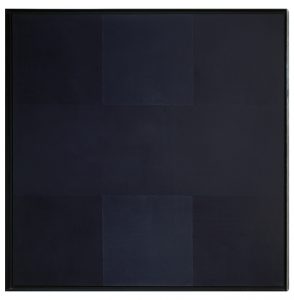
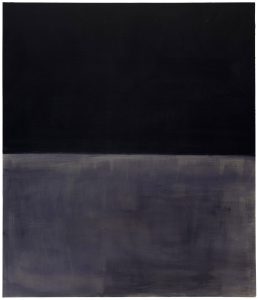
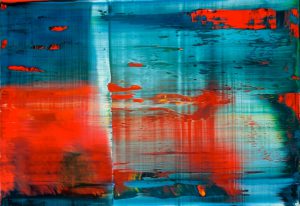
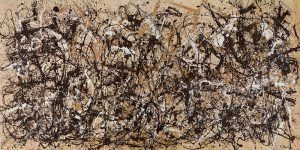





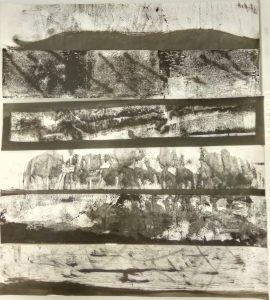
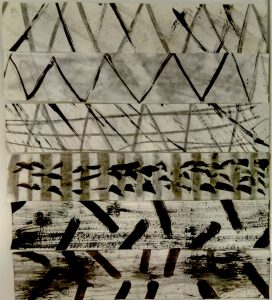
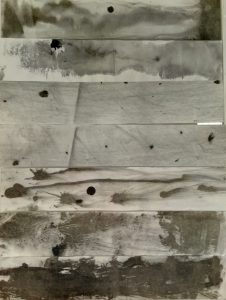
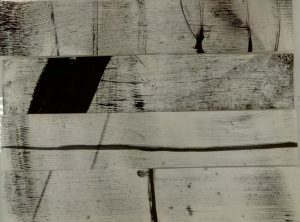
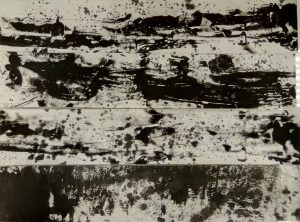

 Exhibit A, I tried using the roller to give a swishing effect to show sensuality and intertwining for “lust”. But it was only concentrated on the side, it didn’t roll nicely, but the effect was still intended, I could still see a soft intertwining effect. Secondly, I tried to layer another feeling on top of the feeling of sensuality. This was because I felt that a singular stroke or line was not enough to represent the complexity of emotions, therefore I added more rigid, repetitive lines on top of the swishes. I think that it achieved an intended effect, but there is more to work on in terms of finding the right layer.
Exhibit A, I tried using the roller to give a swishing effect to show sensuality and intertwining for “lust”. But it was only concentrated on the side, it didn’t roll nicely, but the effect was still intended, I could still see a soft intertwining effect. Secondly, I tried to layer another feeling on top of the feeling of sensuality. This was because I felt that a singular stroke or line was not enough to represent the complexity of emotions, therefore I added more rigid, repetitive lines on top of the swishes. I think that it achieved an intended effect, but there is more to work on in terms of finding the right layer.